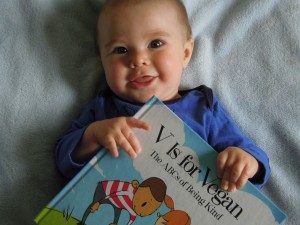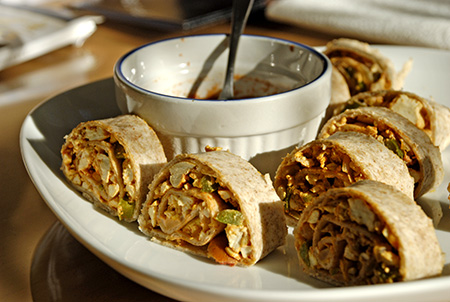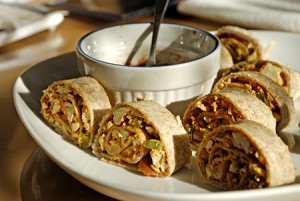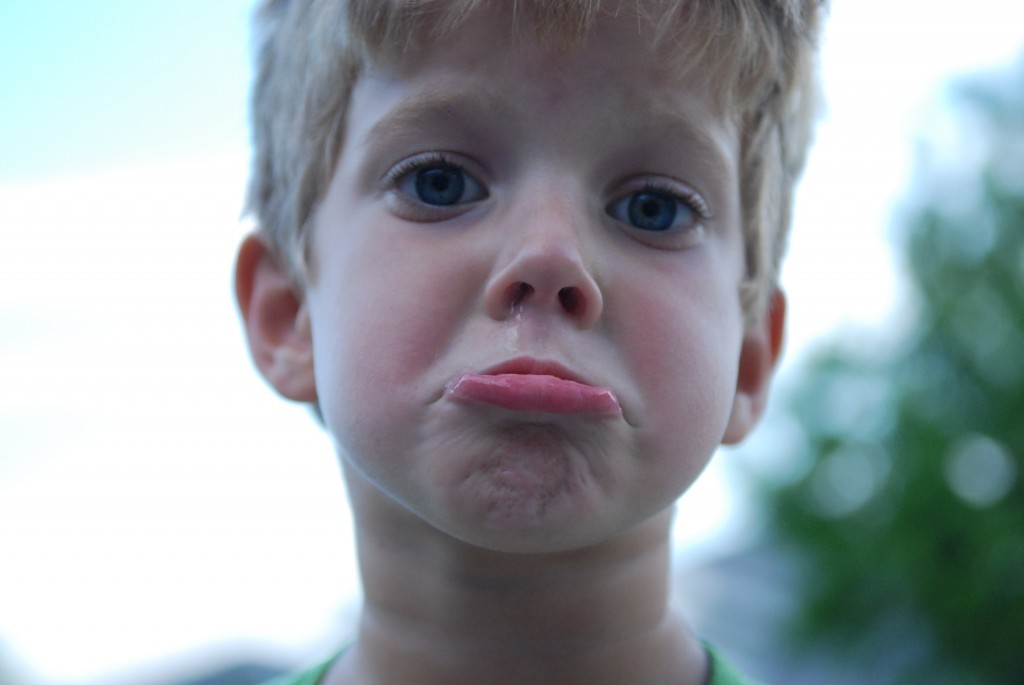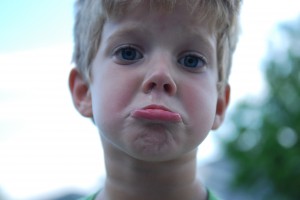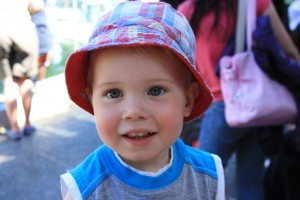Red elastic. Blue elastic. Green elastic. Yellow elastic. Tiny fingers working diligently to wrap band around band until their labours have produced a brilliant and vibrant coloured ball. Believe it or not, if you wrap enough elastic bands around themselves with a couple polythene bags intertwined, it will create a ball durab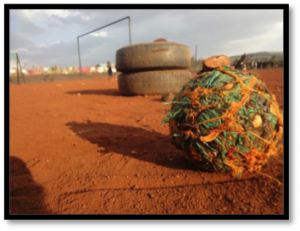 le enough to kick around as a soccer ball. A clever skill I learned while living in rural Kenya for three
le enough to kick around as a soccer ball. A clever skill I learned while living in rural Kenya for three
years.
After working in child care for many years and seeing the endless amount of plastic toys the children had to play with, it made me wonder if play was universal. Could children living in the uttermost poor and rural environments still play like children exposed to plastic toys and IPad’s?
The idea of children living in a slum with mud walls to form a simple home and walking in streets of debris seemed to shout a loud, “NO!” Surely children do not play all over the world. But as I walked through the slums of Kenya interacting with the children there, my opinion began to change.
I found children making use of other’s garbage to create toys. I remember one young girl crouched on the ground biting her lip as she put all her concentration and efforts into tying a filthy string to a polythene bag that had been thrown out. I crouched next to her and asked what she was making.
“A kite,” she replied.
Sure enough, as she finished attaching strings to each side of the bag and a breeze passed by, the kite lifted into the air. With a cheerful giggle, the girl stood up and raced around with her kite.
Do all children play? My heart and mind have been persuaded to say, “yes.”

My one-year-old son reminds me of these children every day. Like most of you, I’m sure, we have a toy box in our living room. It’s full of plastic toys, as I like to call them. Rarely do I find him playing with a single toy in it.
Instead he is eager to play with wooden spoons or to open every cupboard in the kitchen and discover a toy box of pots, pans and Tupperware’s. When we go to the park, I pack the diaper bag full of toys and every time I fail to unpack even one of them as he much prefers to play with the leaves, sticks and rocks. I’m sure many of you can identify.
Real. Authentic. Natural. My son will choose a real adult-like spoon over his small plastic spoon. He will choose to play with a stick over a plastic car. He prefers to watch real fish in a pond than play with his plastic fish that flash and play music.
Do all children play? I’ve determined whether children are exposed to manufactured toys or left to imagine what they can create with the natural items around them, it is an outstanding YES.
After working with children for many years and studying the way they play and learn, I couldn’t be more excited to have just opened Music Kids Daycare at the river market by the New Westminster Quay. Founded with Reggio Emilia philosophies from Italy, children are exposed to real, authentic, natural items.
I believe every child is competent and should be treated so. Every child discovers and understands differently from another and I truly desire to provide an environment that allows a child to make meaning of the world in their own way.
Do all children play? Even in the uttermost poor and rural environments? I have no other word to answer with but “yes.” Let’s replace the plastic with natural, the manufactured with authentic and provide our children with an atmosphere that encourages creativity, imagination and understanding.
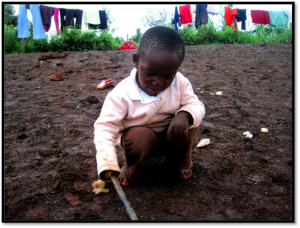
-Kimberly Ngugi is co-owner & manager of Music Kids Daycare at the River Market, a new flexible music daycare by Music Box. After completing her Early childhood education certificate and diploma specializing in infant/toddler and special needs care, Kimberly has enjoyed many years of experience teaching children in a variety of settings from daycare, junior kindergarten and pre-school internationally in Kenya. Kimberly is passionate in creating environments for children to make meaning of the world on their own with room to create, imagine and discover. She also has special education in teaching English as a second language and music. She lives in New Westminster with her husband and 1 year old son.

